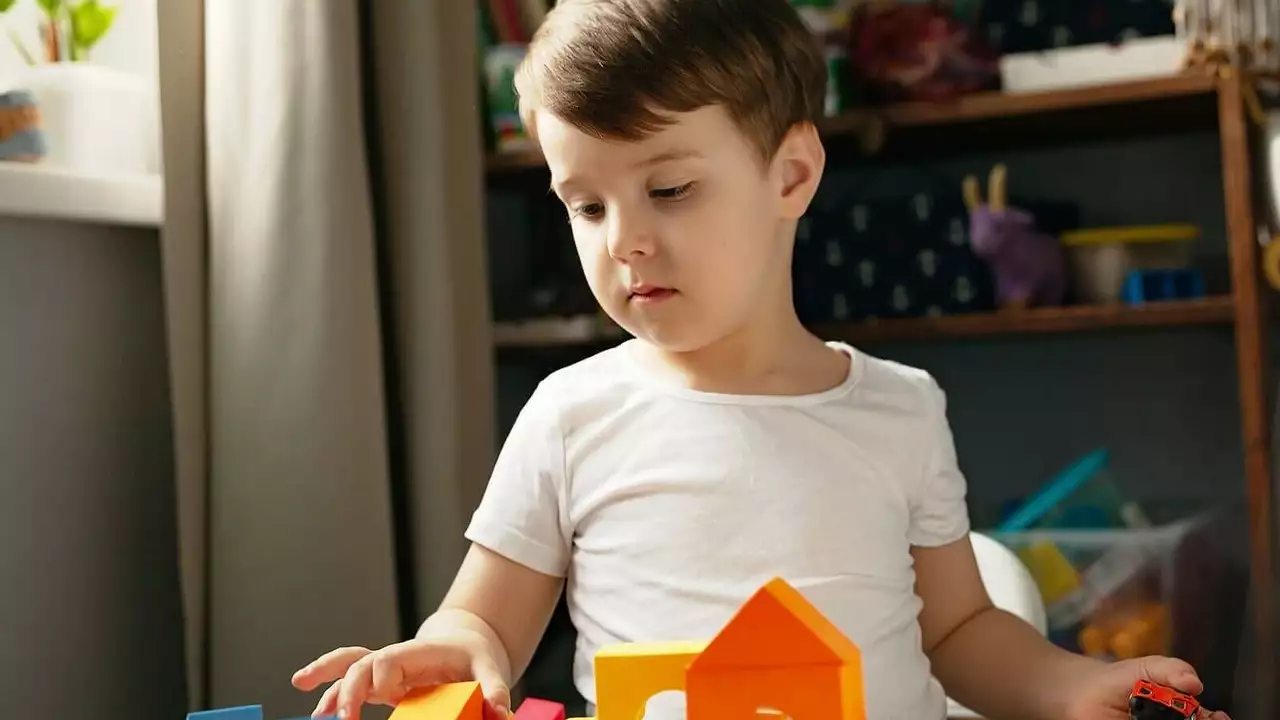Educational Gaming: Learning While You Play
Ever notice how kids can spend hours on a video game and never seem bored? That same excitement can turn into real learning when the game is designed right. Educational gaming mixes quizzes, puzzles, and storylines so you pick up new skills without feeling like you’re in a classroom.
Why educational games work
First off, games give instant feedback. Miss a question? You try again right away. That quick loop helps the brain lock in the answer faster than a lecture would. Second, games use rewards – points, levels, cool avatars – that keep motivation high. When you can see progress on a screen, you’re more likely to stick with a topic.
Third, many games let you choose how to solve a problem. Whether you build a city, solve a math puzzle, or code a robot, you’re using critical thinking, not just memorizing facts. That kind of active learning stays with you longer.
Choosing the right educational game
Not every game that claims to teach is actually helpful. Look for three things: clear learning goals, age‑appropriate difficulty, and engaging story or graphics. A good game will tell you exactly what skill it’s targeting – like improving reading comprehension or teaching basic coding.
Check reviews from teachers or parents. If they mention measurable progress, that’s a sign the game does more than entertain. Also, try a free demo first. Play a few minutes and see if the controls feel smooth and the lessons make sense.
Finally, think about balance. Even the best educational game can become a habit if you play nonstop. Set a timer or use built‑in parental controls to keep sessions short and focused.
Beyond the basics, there are some cool trends shaping the future of educational gaming. Augmented reality (AR) lets kids see math problems overlaid on their kitchen table, making concepts feel real. Multiplayer platforms now let students collaborate on science projects from different houses, turning solitary study into a team challenge.
Game developers are also adding adaptive learning engines. These systems watch how you solve puzzles and automatically adjust difficulty. The result? You’re never stuck on something too hard or bored by something too easy.
If you’re a parent, teacher, or just a curious learner, start small. Pick a game that matches your current skill level, set a regular play schedule, and watch the progress reports. You’ll be surprised how quickly a few minutes of gameplay can turn into improved grades, stronger problem‑solving, or even a new hobby.
So next time you hear someone say “games are just a waste of time,” you can point to the research, the rewards systems, and the stories that keep kids engaged. Educational gaming isn’t a gimmick – it’s a practical tool that makes learning feel like play. Give it a try and see how fun learning can really be.

In my recent exploration, I've discovered that, yes, our kids can actually learn maths on Xbox! Educational games like Minecraft: Education Edition are brilliant tools on the Xbox platform that enhance learning experiences, including maths. It makes learning fun and interactive, helping kids grasp complex mathematical concepts more easily. Plus, these games also improve critical thinking and problem-solving skills. So, parents, an Xbox isn't just for entertainment; it can also be a pretty cool teaching tool!




